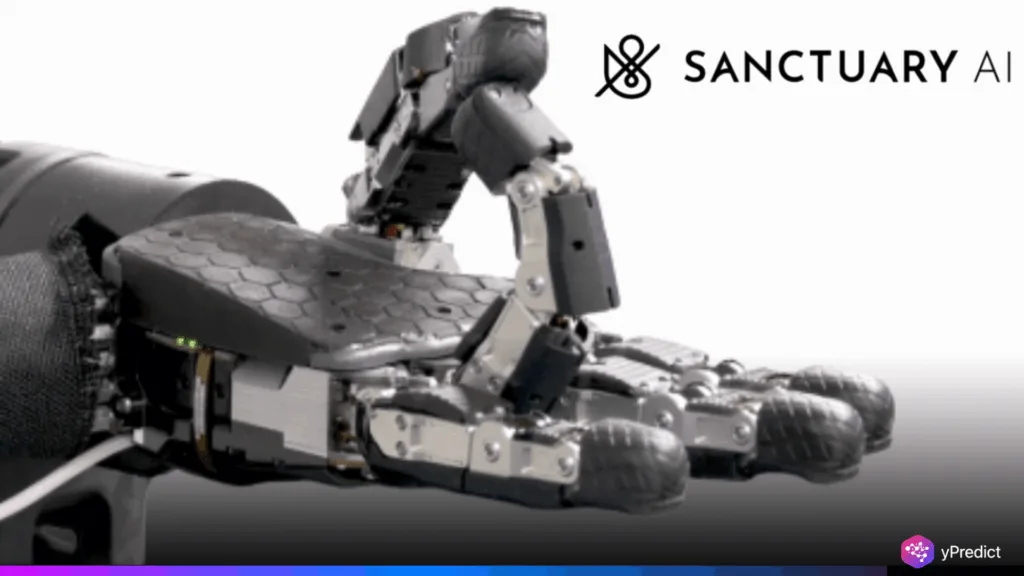
Sanctuary AI has demonstrated miniature hydraulic hands with advanced in-hand manipulation, marking a technological milestone in general-purpose robots. This enhancement significantly increases robot dexterity, enabling fine motor tasks that are not possible with conventional electric systems. Sanctuary AI is quickly becoming a leader in the creation of adaptable robots for useful industrial jobs.
Hydraulic Power Brings Smarter Control to General-Purpose Robots
Sanctuary’s small hydraulic actuators are faster, stronger, and more durable than cable and electric systems. The tiny valves’ ability to withstand harsh conditions has been demonstrated by testing them for over two billion cycles.
Furthermore, because of their improved dependability and precise control, these hands allow for safe gripping and seamless object manipulation. The development greatly broadens the scope of service and industrial tasks that general-purpose robots can accomplish.
Will Robot Dexterity Now Surpass Earlier Human Limits
The enhanced hands can smoothly rotate an object while maintaining control. They can now rotate dice and adjust tools, demonstrating increased robot dexterity. Additionally, each finger joint has 21 degrees of freedom, allowing for independent movement and remarkably realistic support for delicate operations. Even with a half-kilogram load, simulated control patterns can be seamlessly transferred into real machines. Reinforcement learning enables this.
Hydraulic Hands Lead Progress in General-Purpose Robots
A humanoid platform powered by the Carbon AI system, Sanctuary’s “Phoenix,” now includes the hydraulic hands. The AI learns faster and performs tasks more precisely as robot dexterity increases.
The hands’ modular design allows them to be deployed on a range of robotic bodies, expanding their possible uses. Furthermore, industries looking for all-around automation find multipurpose robots more appealing due to their versatility.
Could this Breakthrough Define the Path of Robotics?
The mark, which reconciles strength and control, represents an improvement for general-purpose robots. Thus, in contrast to previous models, the hydraulic system provides ruggedness and fault-free motion in practice.
Sanctuary AI is progressively getting closer to creating robots that can perform difficult work safely and effectively. Together with this, the advancements also complicate the identification of human ability and machine aid.
The next ten years may see robots performing previously unimaginable tasks. These advancements also bring up fresh issues regarding shared environment ethics and workforce transformation. The global competition for smarter automation is now set to pick up speed.






